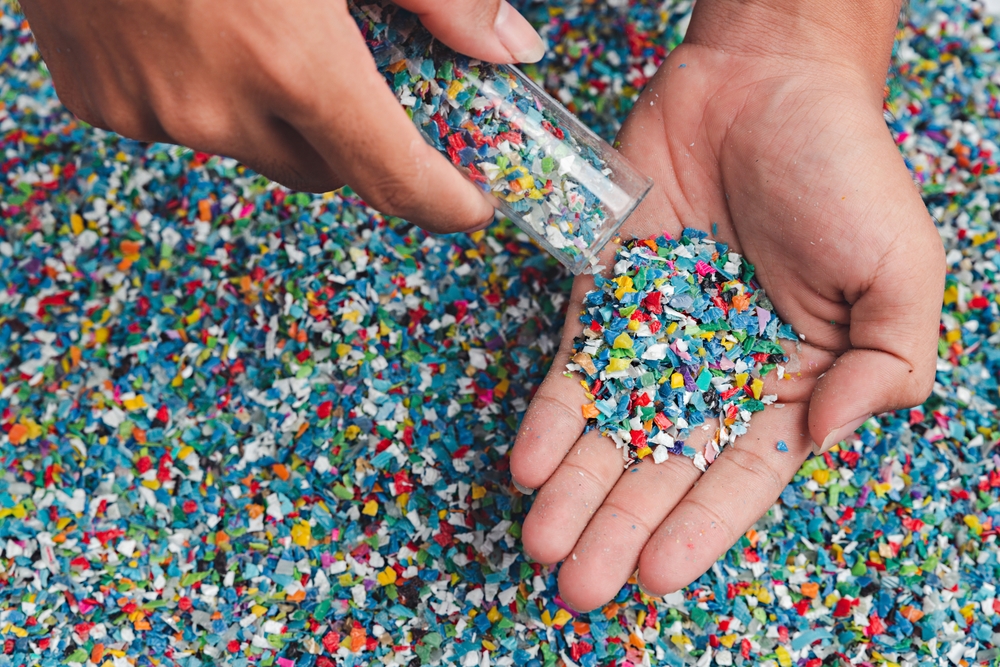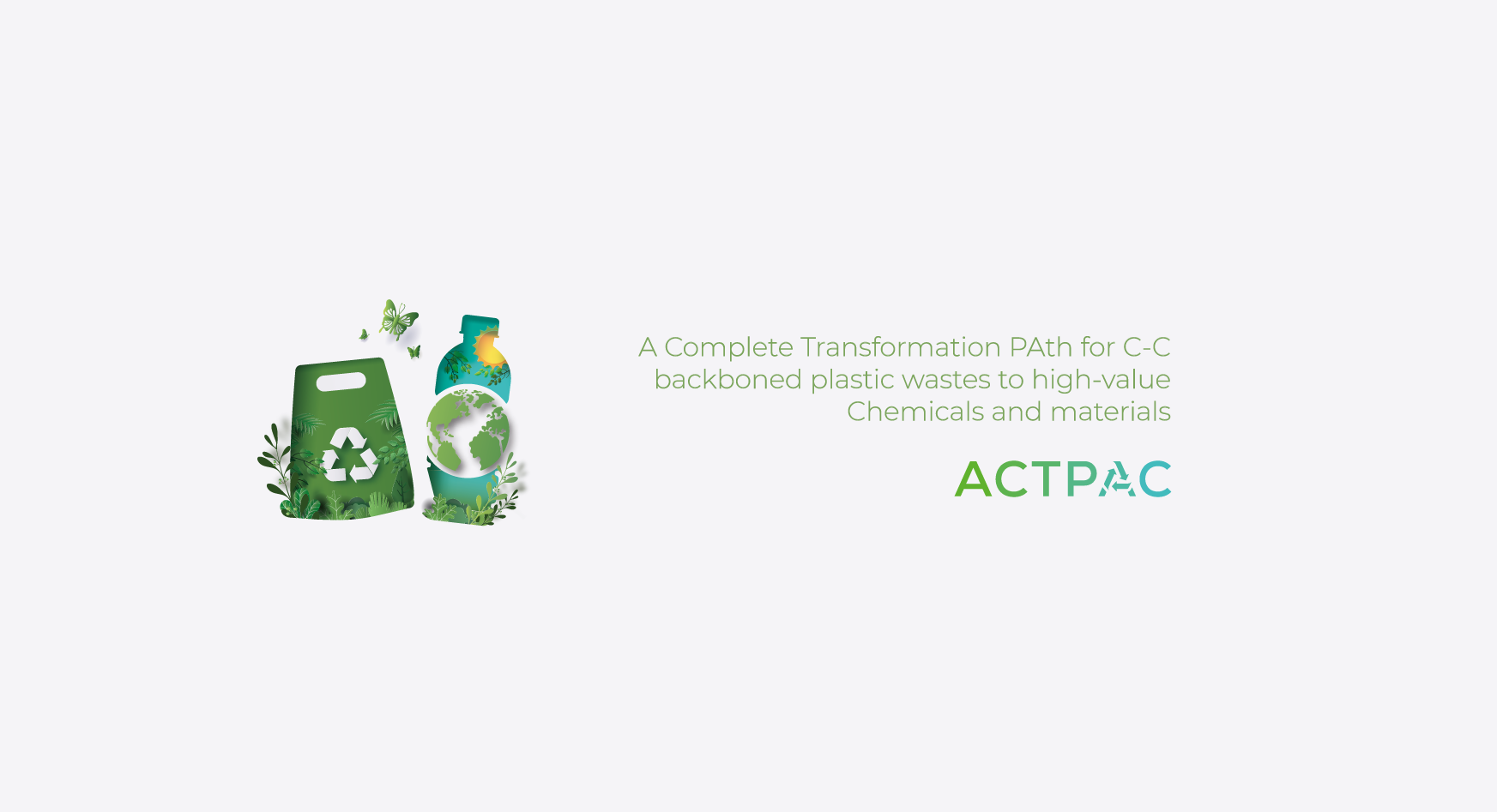
From Petri Dish to Pilot Plant: Bridging Academia and Industry in Alkane Biotransformation
The European ACTPAC project operates on various professional levels and sets a bundle of milestones, with the ultimate goal to produce a variety of biobased polyesters. In this article we focus on a small section of this four- year multifaceted process, the industrial translation of the academic development of a metabolic-engineered yeast system, dedicated to the transformation of medium-to-long chain alkanes, into monomers of α, ω-diols and α, ω-dicarboxylic acids.
Scaling up a biotransformation process from the controlled environment of an academic laboratory to an industrial reactor is never straightforward, especially when the goal is to convert alkanes, a class of hydrophobic and flammable hydrocarbons, using living microorganisms such as yeast. While the academic world excels in discovering the metabolic potential of microbes, the industrial sector is driven by safety, reproducibility, and economic feasibility. Aligning both perspectives requires a structured yet flexible methodology and significant trial and error.
This route of development will start from TRL 3, then move toward TRL4 by intensive innovations at lab scale, to attain TRL 5 through small pilot scale optimization and finally reach TRL 6 by a full pilot scale demonstration in an industrial setting.To smooth this trans-sectoral road of innovation a shared framework is proposed, based on the Design–Build–Test–Learn (DBTL) Cycle, to structure research and development.
The beauty and the challenge of this iterative collaboration lies in its continuous feedback between fundamental science and applied engineering. Academics explore biological feasibility, uncovering metabolic limitations. Industrial partners translate these findings into process requirements, ensuring scalability, safety, and cost-effectiveness. The process rarely follows a straight line; rather, it evolves through cycles of adjustment, reflection, and refinement, translatable in four distinct phases.
The Design phase
During the project proposal, academic teams in cooperation with the industrial partners, propose specific conditions for the alkane conversion outcome, defining boundary conditions: substrate quantities, the selectivity and efficiency of the engineered non-pathogenic yeast system for the desired conversion, economically relevant conversion rates or titer, final working volumes and the TRL level to be reached. Special attention is drawn to industrial safety, implying safe substrate handling and working with accepted and robust microbial systems.
The Build phase
During the build phase, engineered yeast strains are constructed and optimized. Academic labs test different expression systems and culture conditions, while the company evaluates whether these systems can be scaled safely and robustly. A clear communication line between researcher and industrial partner is key.
The Test phase
This is where both worlds further converge: small-scale bioreactors are used to explore the influence of oxygen transfer, of substrate addition, the inhibitory effect of side products like ethanol and the limitations of a two-phase (aqueous/organic) system. Because the critical parameters are still unknown, this stage involves iterative experimentation and close feedback loops between scientists and process engineers.
The Learn phase
Finally, data from these tests are analyzed using statistical or machine learning tools to identify trends and refine both the strain and the process for the next iteration. Sharing in-the-field experiences and observations often exposes critical process boundaries.
This cyclical, feedback-driven approach allows both partners to move forward even when key parameters, such as mass transfer coefficients or process bottlenecks, are not yet fully understood.
In the end, the successful biotransformation of alkanes by microorganisms depends as much on communication between disciplines as on innovation within them.
Author: Sara Hubo
References
Albino, M., Neves, D., et al. (2024). Hybrid Modeling for On-Line Fermentation Optimization: Predicting Scale-Up Performance. Processes 12 (8), 1635. https://doi.org/10.3390/pr12081635
Arshad, M., Arshad, I., Aslam, H. et al. Microbial bioproducts: current advances, industrial applications, and future perspectives. J.Umm Al-Qura Univ. Appll. Sci. 11, 545–560 (2025). https://doi.org/10.1007/s43994-025-00247-0
Du Y-H, Wang M-Y, Yang L-H, Tong L-L, Guo D-S, Ji X-J. Optimization and Scale-Up of Fermentation Processes Driven by Models. Bioengineering. 2022; 9(9):473. https://doi.org/10.3390/bioengineering9090473
Keywords
Alkane biotransformation, Design-Build-Test-Learn cycle, industrial scale up


